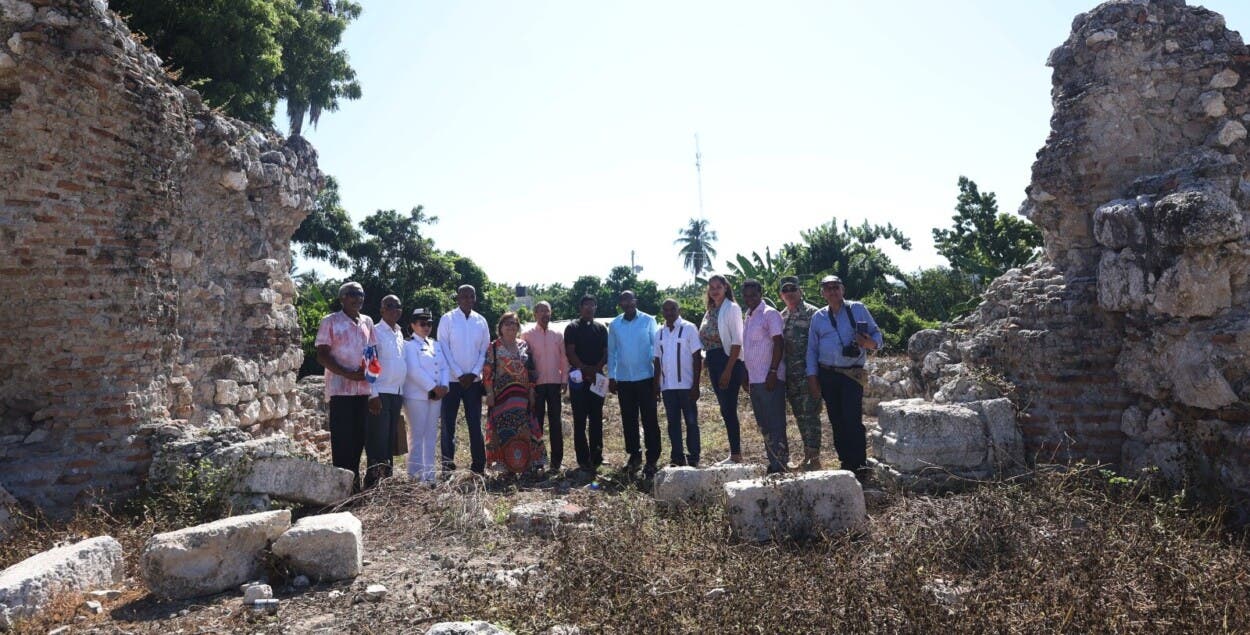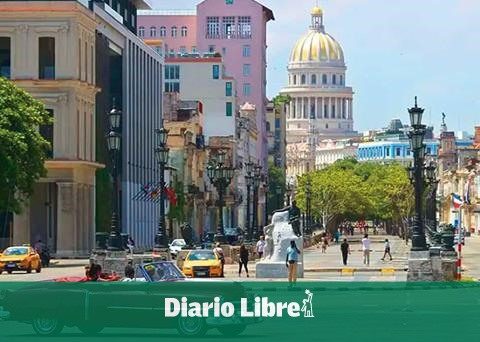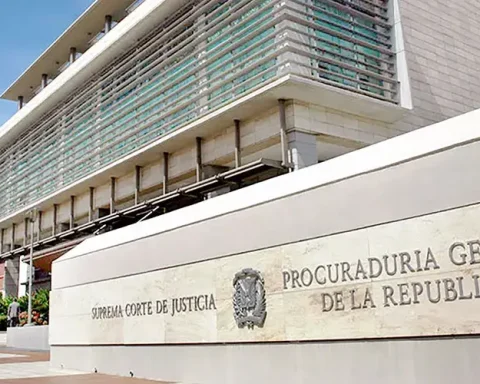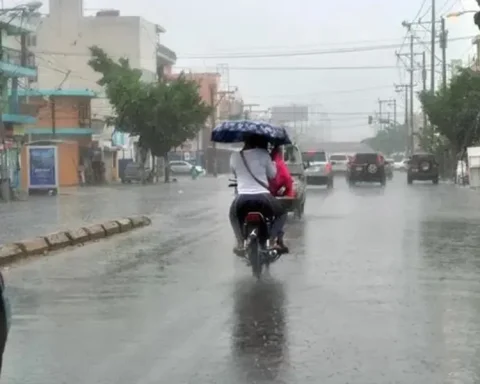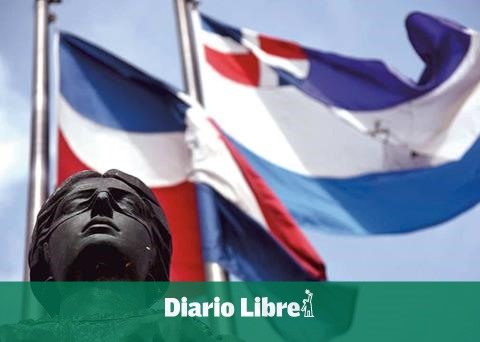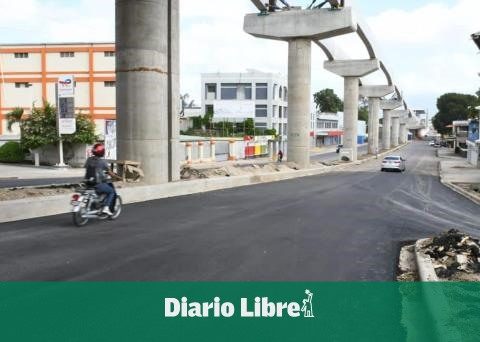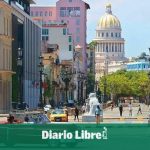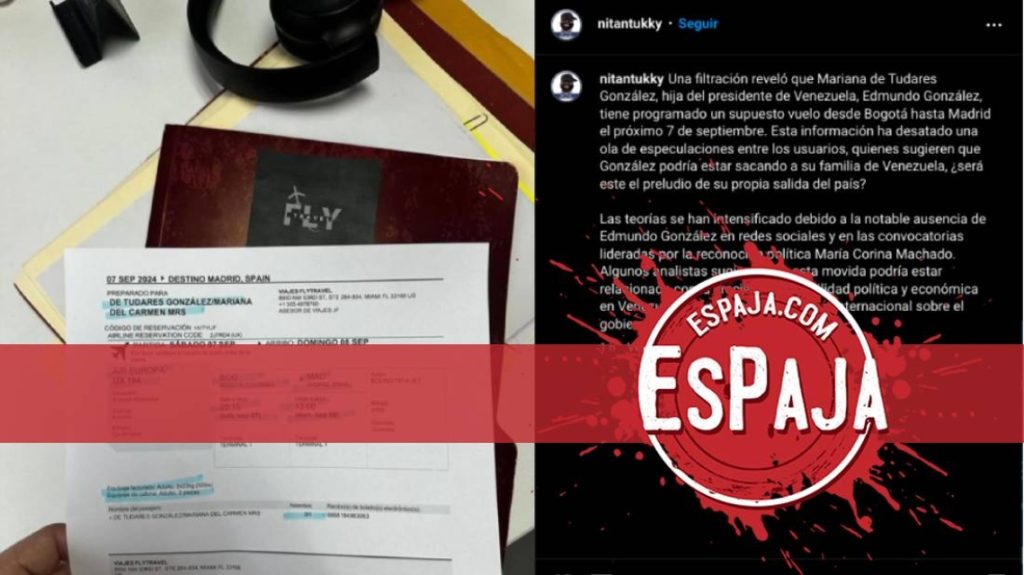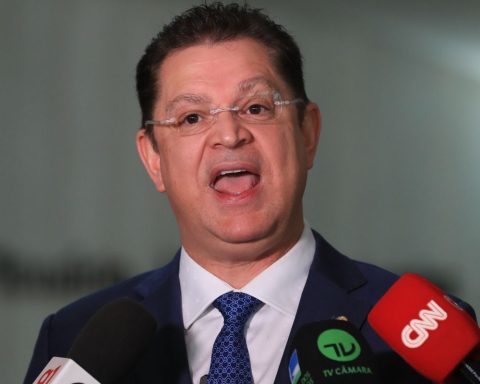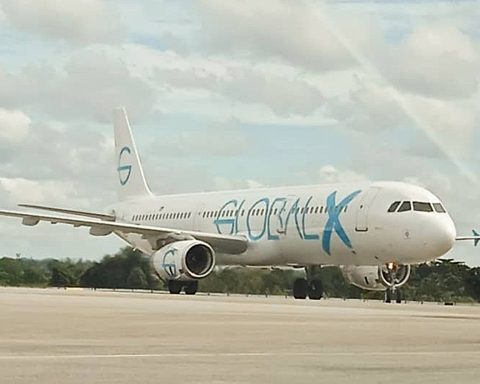Santo Domingo.- A team of archaeologists, led by the Dominican Kathleen Martinezwill begin the search, starting on November 14, for the remains of Chief Enriquillo, who are believed to be buried in Pueblo Viejo, in the southern province of Azua, founded in 1504.
Martínez, world-renowned for her efforts to discover the tomb of the Egyptian queen Cleopatra, will come to the country accompanied by archaeologists from different nations, according to several researchers, including historian Apolinar de León Medrano, during an event held on Sunday in that town.
Enriquillo was the first indigenous Latin American liberator of the 15th century, and it is believed that his remains are buried in the municipality of Pueblo Viejo, seven kilometers south of the city of Azua.
You may be interested in reading: Azua’s patron saint festivities for 2024 begin this Sunday
He was the leader of the Boyá chiefdom, and led several revolts against the Spanish colonizers, but despite this, he was one of the few native aborigines who managed to get the crown of the European country to recognize him as one of its own.

The city of Azua (under the name of Azúa) was founded in Pueblo Viejo, near the coast of the Caribbean Sea, but later, the city was moved further north, where it is currently located.
In the old city, near the Caribbean Sea, are the Ruins of Las Mercedes, where human remains were buried, so experts are trying to determine if their remains rest there.
